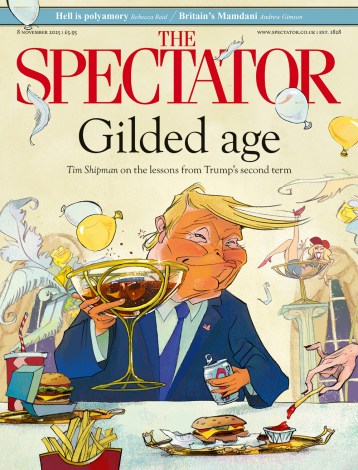Del Toro’s Frankenstein offers nothing new
Guillermo del Toro’s Frankenstein stars Oscar Isaac (Baron Victor Frankenstein) and Jacob Elordi (‘the creature’) and retells the basics of Mary Shelley’s story – man creates monster, man rejects monster, monster goes off on one – with high-camp sumptuousness. Del Toro’s spin is to include a redemptive arc, plus he throws in some invented characters. ‘The creature’, meanwhile, is portrayed with great sympathy, as a soulful, mistreated innocent. In other words, there’s no Boris Karloff lumbering around in that blazer a size too small with a bolt through the neck. It opens with a Danish expedition-ship stuck in the Arctic ice and the crew rescuing an injured Victor. They are




















